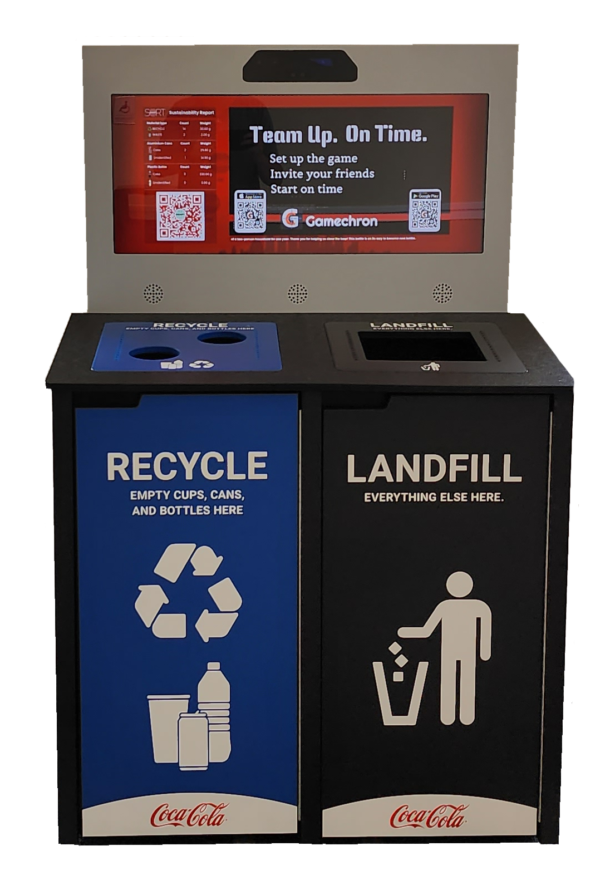Waste disposal regulations are continuously becoming more stringent, which increases the need for convenient, safe, and inexpensive ways to dispose of waste. This has led to the adoption of a transfer station, which plays a significant role in ensuring that different wastes are transported to waste processors, landfills, and recycling centers. Different locations have different rules and fees regarding the types of waste they accept. Some have complex designs due to the high amount of waste they get. Overall, the stations have facilitated an efficient waste collection, management, and disposal process.
1. Increased Waste Density
Some areas lack compacting vehicles that are necessary for reducing the volume of waste materials for convenient transportation. These centers help alleviate this problem since they have the tools to compact the wastes to reduced quantities. This allows for the transportation of greater quantities of waste to disposal sites. It also reduces the number of vehicles moving to and from disposal sites.
2. Reduced Illegal Dumping
Illegal dumping is a major problem in many communities today, and it has hindered the efforts of proper waste disposal. Typically, it makes neighborhoods look bad and harms the environment. In many locations, the disposal sites are miles away, prompting residents to dispose of wastes wherever they deem appropriate. With a transfer station nearby, people have easy access to a waste collection point and no longer need to dump waste illegally.
3. Reduced Burden on Collection Vehicles
In the past, waste collection vehicles had to travel long distances to landfill sites to dispose of waste. The time and distance have been significantly reduced thanks to the convenient locations of these facilities. The vehicles can now stay on good roads and avoid rough environments to help lower fuel and maintenance costs.
4. Efficient Waste Sorting and Processing
Often, there are transfer stations in areas with high waste volumes. Instead of taking all the waste to process centers, the stations have set up their own processing units for easy sorting of waste. This allows for streamlined collection and packaging of recyclables. Recycling facilities benefit from this service, which also helps to reduce scattered wastes around accumulation points and communal bins waiting for the recycling company to pick them up.
5. Reduced Collection Times
With a transfer site in proximity to an active community, the garbage is collected and cleared faster. Residents of the city no longer wait for days to have the waste removed from their premises. Small businesses that have small trucks for waste also enjoy reduced distances and time because the station is near the collection routes.
A waste transfer station can come in a variety of sizes, and its capacity depends on the storage volume and target area. Due to the routes, they have optimized the productivity of the collection vehicles and crews. Additionally, the station can be integrated with different functional elements to improve the overall waste collection and management process.




